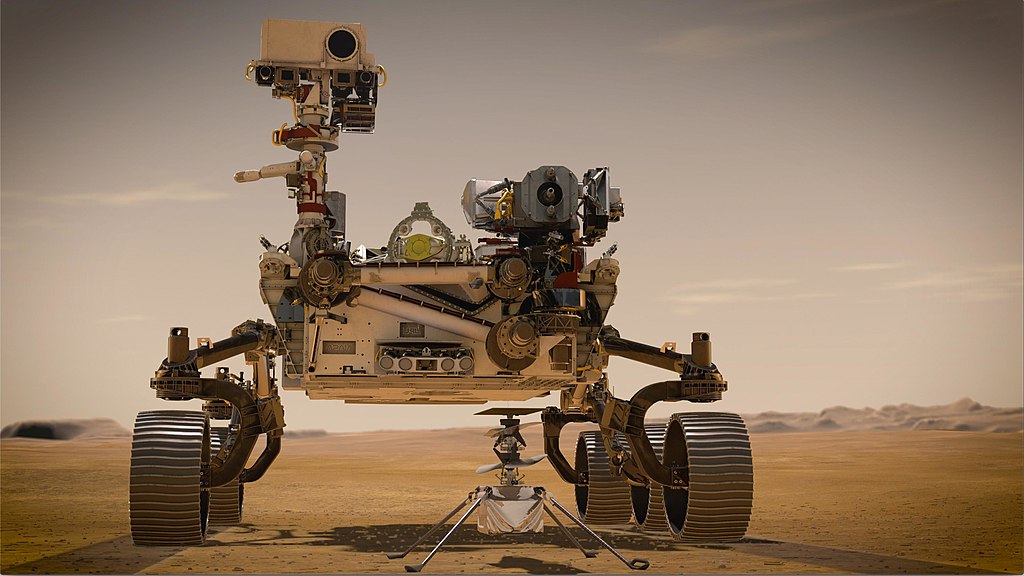You’ve seen Perseverance descent to Jezero crater on Mars in a nerve-breaking 7-minute drop, you’ve watched as the parachute opened to reveal JPL’s encrypted message, and you’ve witnessed the celebrations on NASA’s control room.
It all went great, and the first panoramas from the red planet are already coming in, but what’s next for the car-sized rover which is expected to spearhead the scientific research of the ‘Mars 2020’ mission?
Hello, world. My first look at my forever home. #CountdownToMars pic.twitter.com/dkM9jE9I6X
— NASA's Perseverance Mars Rover (@NASAPersevere) February 18, 2021
Well, for starters, everything needs to be checked to confirm its operational status. If something returns errors or nothing at all, it may have been damaged. If that’s the case, the engineers will either have to develop an alternative plan or revise the experiment schedule.
So, right now, every module, component, and instrument is being thoroughly checked. Next, Perseverance will receive some software updates that may carry fixes or workaround code based on what was found to be problematic.
After that, the rover will take its first drive, but it’ll be a pretty short one going only 5 meters away. There’s a good spot to deploy the ‘Ingenuity’ helicopter, which should be ready to fly sometime this month. It’ll take the rover 10 days to maneuver away and allow Ingenuity to do its thing.
In total, the entire set-up phase will last for about five months, so during this period, we will be seeing mostly the same landscape right from the center of the Jezero crater.
Hopefully, this will be nothing compared to the rover’s expected lifetime. It’s got 4.8 kg of plutonium, which should be enough to keep charging its two lithium-ion batteries for at least 14 years. The official mission duration is three years, but hey, this is called the Perseverance after all.
During that time, NASA’s rover will attempt to identify past environments that may have supported microbial life, will seek signs of the existence of such life, will collect rock samples, and will test the feasibility of producing oxygen directly from the Martian atmosphere.
As for Ingenuity, it’ll give us an idea of whether or not flying drones on Mars is doable, which would be key to preparations for a future human settlement on the distant planet.
Reference and Image Credit: NASA






